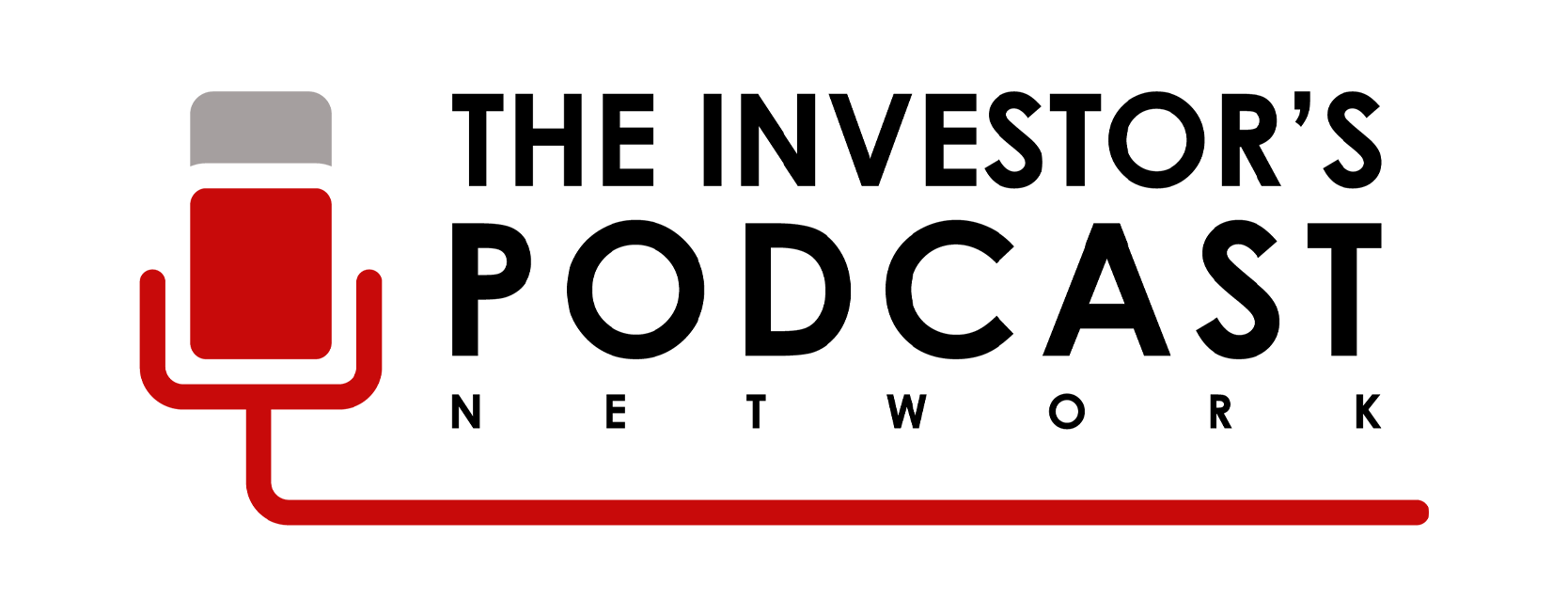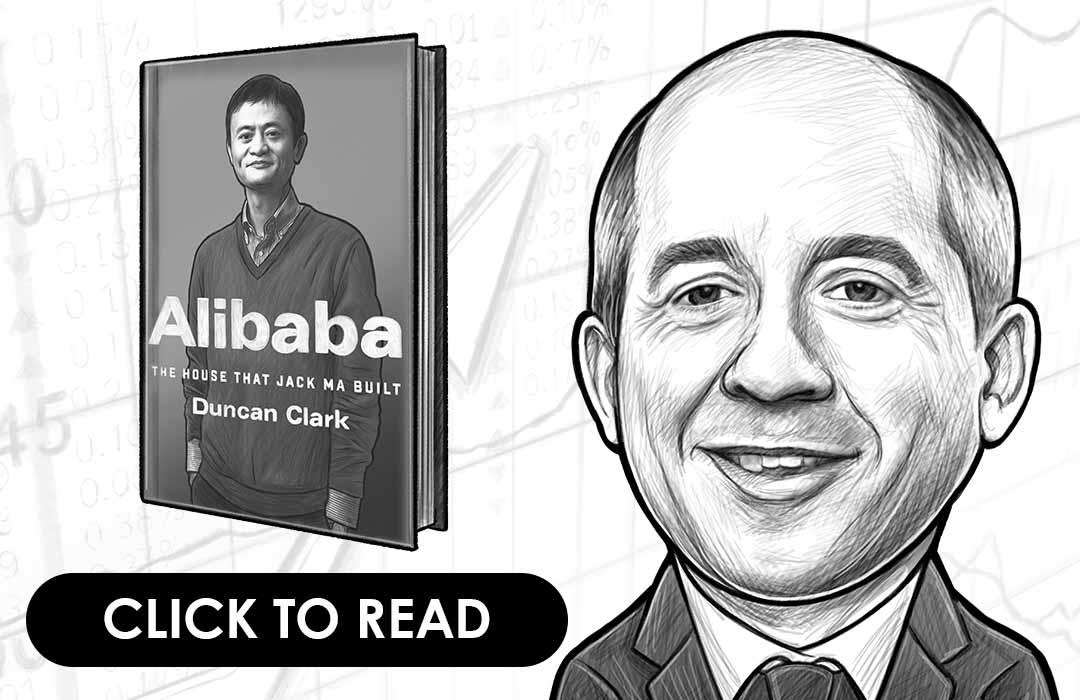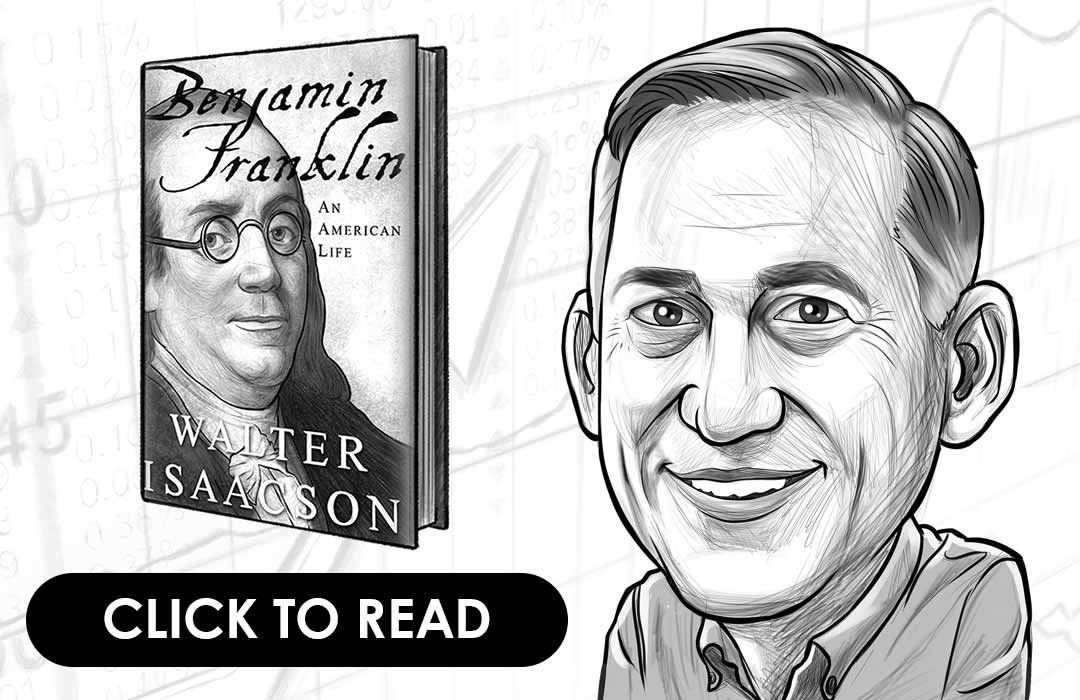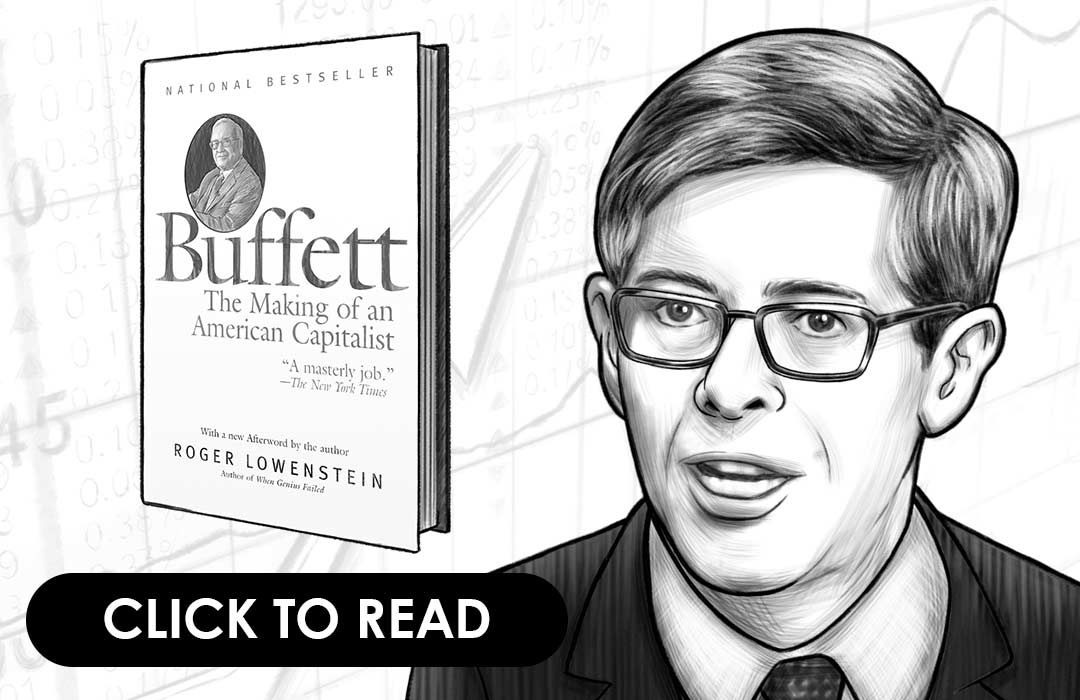An Executive Summary Of The Science Of Success
By Charles Koch
WHO IS CHARLES KOCH?
Charles Koch is an American businessman and the CEO of Koch Industries – the second largest private company in the world. He is currently ranked as the 9th richest person in the world, primarily from his 42% ownership in Koch Industries, and has an estimated net worth on $43 Billion. In 2007 he wrote this book, The Science of Success. The book outlines his management philosophy, which he calls Market Based Management (or MBM).
PRESTON AND STIG’S GENERAL THOUGHTS ON THE SCIENCE OF SUCCESS
Wow, it comes as no surprise why Charles Koch has become so successful. The first thing we gathered from the book was how erudite and informed Koch comes across. It’s very apparent that he’s well read and that he places enormous emphasis on education (something we greatly respect). Although the book is a little dry (it’s definitely not an action novel), the guidance prescribed is gold. We found his rules for Market Based Management to be very similar to the ideas that other billionaires possess. One of Charles’ primary points was the idea of always reassessing his opportunity costs and being flexible to current market conditions.
PREFACE OF THE SCIENCE OF SUCCESS
Since Charles Koch started to work for his father Fred Koch, Koch Industries Inc. (KII) has grown 2000‐fold. That is similar to a compounded rate of 18%. Charles attributes this fantastic growth to his implementation of Market Based Management (MBM). This is the philosophy that enables companies to succeed in the long term. There are 5 dimensions in MBM. Each of these dimensions have an allocated chapter in the book (chapter 3-7).
Two books, in particular, shaped Charles Koch’s approach. The books were, Why Wages Rise by F.A. Harper, and Human Actions by Ludwig von Mises. The first book taught him about sustainable wage increases, while the second book taught him that prosperity could only happen in a society based on private property, free speech, and solid rules of law. These books obviously had a huge impact on his development of the Market Based Management system.
There are two audiences in mind for this book. The first one is directed at current and future employees of Koch Industries. The second audience is broader and consists of business readers that want to learn about MBM. In general, MBM is a way for businesses to create a harmony of interest with society so both can prosper together.
Understand the financial markets
in just a few minutes.
Get the daily email that makes understanding the financial markets
easy and enjoyable, for free.
CHAPTER 1: EVOLUTION OF A BUSINESS
This chapter outlines the growth of Koch Industries from Charles Koch’s grandfather. Fred Koch (Charles’ father) emigrated from the Netherlands in 1888 and started to buy oil refineries.
We learn how Charles Koch was shaped by his father early on. By the time Charles was 8, his father made sure that work occupied most of his spare time. The work ethic that he learned was priceless, and he later went on to graduate with two masters’ degrees in engineering from MIT. When Charles started to work for his father in 1961 he learned another valuable lesson from his father about personal leadership. His father’s first words to his son were: I hope your first deal is a loser “otherwise you’ll think you’re a lot smarter than you are”. Parents, they’re all the same!
Despite the immense successes that KII had experienced through the years, Charles also highlights their numerous failures. In general, Charles highlights the even though a business might have been sold and not relatively valuable for KII, the business did possess new value to its buyer (or subsequent owner).
CHAPTER 2: THE SCIENCE OF HUMAN ACTION
In the short term, KII didn’t always have high growth rates. But, they have had a high growth rate in the long time, which is very uncommon for large companies. Koch primarily attributes this success to their ability to embrace change. Changes in the market place are always present dues to new technologies, companies, and products that are more effective. This is quite unique even for successful companies as it is natural for human nature to become less innovative and self-protective. Success is an even harder element to overcome that adversity. MBM has countered this tendency by continuously striving to develop and implement constructive change in the company – this is its very core philosophy.
MBM is the science of humans’ actions applied to an organization. Charles Koch systematic studied economics, history, philosophy, and other disciplines and found that certain laws governed human actions. One example was: what is often taught in business schools is rarely practiced in reality. Charles Koch was addressing this idea when faced with a decision to sell inventory at a loss. He suggested to sell it immediately, but was told that it was worth less than it was originally bought at. This example illustrates a very important economic (but not human) principle for decision making. The original cost of the inventory is a sunk cost. A sunk cost is money that has already been paid and is therefore irrelevant. Instead, we should focus on the opportunity cost. Opportunity cost is the most valuable alternative and is contrarily to sunk cost. It is taking your current circumstances, and opportunities, and making a present decision based on forward‐looking expectations. The right decision is to look into the future and estimate the economic consequences of holding or selling the inventory. We found this idea and discussion in the book to be one of the most discriminating factors between Billionaires like Koch, and typical investors.
Some employees misinterpret Koch’s focus on tools and concepts and spend a great deal of time only measuring activities and creating chart ‐ instead of focusing on valuable activities. Charts are not an end, but a means to improve results. The key to a good system is to measure what leads to results – not what is easy to measure. For example, if the evaluation of an employee’s performance only includes his contribution on short-‐term profit, and not the culture and long-term value, we are measuring the wrong things.
CHAPTER 3: VISION
Vision is the first of five dimensions in MBM. Visionary people determine where and how the organization can create the greatest long-term value. An effective business vision begins, and ends, with value creation for the long-term. Value creation is making the society better because it generates greater output with fewer inputs ‐ like capital, labor and intellectual property. These inputs can then be applied elsewhere. In other words, value creation is the result of efficiency and/or optimization of needed talents.
A company should develop a vision by asking how it can create superior value for society. If an organization can do that, it will also create profit for the long term. To do this, the company must be satisfying peoples’ needs, and it is the need that drives the society. Looking back at Forbes 100 biggest companies from 1917, most companies no longer exist. The reason is simple. They gradually created less for society (based on its demand), and the profit moved in lockstep. Koch has the vision of doing the opposite.
No matter how superior the product is, KII knows that competitors are always improving. Overtime competition will erode any product or service, and therefore the company needs to be pliable and adaptable to learn new ways to create more value for society overtime. It is natural to believe that if customers do not complain, they must be satisfied. Koch feels this way of thinking can bread a toxic culture within a company.
A company should sometimes sell-off certain assets. In general, this should be conducted when the owner can get more in terms of intrinsic value. That tends to happen when the rate of decline of the current asset is greater than the capability to innovate and improve it. No one would voluntarily enter a deal if he or she thought they were getting the less favorable side of the deal. As a result, Koch encourages the reader to understand both vantage‐points of any deal.
CHAPTER 4: VIRTUE AND TALENTS
Virtue and talent is the second of the five dimensions of MBM. The aim of this vision is to help ensure KII selects and retains employees with the right skill‐set and values. The need for talent in any company is obvious. However, virtue is just as important as talent. Employees with little virtue and lots of talent have done more harm to businesses than employees with great virtues and little talent. For a free society to function properly, people must practice certain behaviors. That includes being honest, having empathy for others, and respecting personal property. The same is true for a company. General rules of conduct must be unspoken and agreed upon rather than commanded.
All companies have their own culture. It is always governed by the culture of its members and the rules of its leaders. MBM requires a specific culture and general standard for which all actions must be taken. Only employees that embrace the principles should be hired and subsequently be rewarded by KII.
MBM guiding principles:
- Integrity: Conduct all affairs lawfully and with integrity.
- Compliance: Striving for 10,000% compliance in 100% of the employees.
- Value creation: Real long‐term value for society that eliminates all waste.
- Principled entrepreneurship: Think and act like an entrepreneur (or, think like an owner).
- Customer focus: Understand and develop customer relationships to anticipate and satisfy future needs.
- Knowledge: Seek and use the best knowledge and share it in the change process.
- Change: Embrace what could be, and change the status quo.
- Humility: Practice and respect other people’s opinions in order to gain multiple vantage points. This creates more value to your organization and yourself.
- Respect: Appreciate diversity and encourage and practice teamwork.
- Fulfillment: Do things you love and you’ll be successful.
CHAPTER 5: KNOWLEDGE AND PROCESSES
Knowledge and processes is the third dimension of MBM, and is essential for an organization for creating superior value to its customers. Profit and loss, along with prices, are the most important source for determining quantifiable facts for determining value. A business can use the income statement to determine what their customer’s value. Successful companies must develop profit and loss measures that can reveal why a recent product or service is profitable. Koch gives an example of one business he failed to purchase because it had few profitability measures. In other words, it had no process to obtain the required knowledge to be successful. KII developed measures and found out that 60% of the volume only sold to a few large customers, which accounted for 20% of the profit. After obtaining the new knowledge, the sales team changes their focus from the few large customers, to the more profitable small customers. This was an example of how measures could be used to optimally utilize time and resources.
Measuring accuracy should always be preferred over precision. Since it is impossible to predict the future precisely, spending resources on very detailed information is typically wasteful. Very precise results can provide unreliable comfort for decision makers. Another typical mistake is that it is easy to fall into the trap of cost-cutting to create value. This solution might be very shortsighted; instead, a company should be looking to eliminating waste. It is another process with a more sustainable end-result (If eliminating waste and finding value‐added activities is something you’re interested in, I highly recommend the book The Lean Six Sigma Pocket Toolbook. The book is written by Michael George, a leading expert in optimization tools and processes).
A business can best determine how to create value by setting up profit centers. A profit center is a unit where profit and loss can be measured. For a company like KKI each plant can be a profit center. Useful information about the value creation for each profit center can be analyzed and acted upon from the respective of the financial statements. If the unit, for instance a plant, is selling more than one product each product should be traced.
CHAPTER 6: DECISION RIGHTS
Decision rights, is the fourth dimension of MBM. This addresses the idea that the right people are in the right roles with the right authorities to make decisions. People tend to take better care of things they own. This is because the owner both bears the cost and reaps the benefit from the resource. In KII, decision rights are used to replicate the beneficial role of property rights for society. The role, authority, expectations, and decision rights are clearly defined for each employee. Everyone knows their responsibility and knows that they can be held accountable, just as if they were property owners. As a person continues to make great decisions, that person will be pushed further and further into a leadership role where all they do is make decisions. Regardless of whether a leader takes responsibility, or delegates responsibility for their decisions, he/her who delegates is still responsible for all their subordinates’ actions. This ensures that a strong culture of ownership and accountability are put in place.
CHAPTER 7: INCENTIVES
Incentives are the fifth and last dimension of MBM. Koch tries to incentivize people twofold. First, what value do they add to the company ‐ often measured in the amount of profit they created. Second, what value do they add to society? They do this to attract and retain the right people and motivate them to be principled entrepreneurs. Looking back in history, the importance of incentives can be found when the pilgrims first came to America. Initially they had all worked towards a common good where no one was incentivized to work any harder. Initially this resulted in total deprivation of their society. Then, families were given their own share of land, they were incentivized by the fruits of their own hard work. This is when the Plymouth colony prospered. While it might be ideal for people to be incentivized by duty and loyalty, Koch observed other factors play an equal, if not more, important role.
KKI uses appropriate incentives for employee, as well as other stakeholders in the company. Understandings of people’s subjective values are important when developing these incentives. For example, outside agents are paid high commissions above a given price, instead of a commission based on total sales. That gives the sales agents incentives to sell at a price that maximized the profit for KKI, and at the same time benefitting the agent, without risking a severe loss in profit. In short, be careful what you incentivize, because you might just get. For example, if you incentivize a worker to complete a job within a short time‐frame, they will accomplish this goal (with the right incentive), but at what potential trade-off – i.e. maybe the quality of the job was poor.
In MBM, the ideal incentive is what best motivates the respective employee over his or her career. This also acknowledges that most people are not solely motivated by financial incentives. Pride, recognition, enjoyment, and many other non-financial incentives should be implemented in any superior incentive system. In Montana where KKI owns a ranch, the company respected the common motivational factor of the joy of working with his or her family, and the policy of not allowing family members to work on the ranch was withdrawn. As a result, the quality of the pool of new hires increased dramatically.
Perverse incentives are when an employee protects his/her own self‐interest before that of the company. As a result, profitable opportunities are left untouched. Strong managers should recognize perverse incentives and avoid them at all costs. For an incentive system to be successful it should harmonize the interest of the individual with the company.
Understand the financial markets
in just a few minutes.
Get the daily email that makes understanding the financial markets
easy and enjoyable, for free.
CHAPTER 8: LESSON LEARNED
When MBM is applied and imposed on an organization as a rigid formula to success, the essence of MBM is completely lost. At its core, MBM is a fluid and dynamic process that welcomes change as its only known quantity. Fundamental to the management system is room for spontaneity and change adaptation. The potential of MBM is shown when an employee has applied the spirit of the system, not the form. It has worked when it has been used as a philosophy to create value, and not as a tool.








